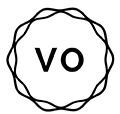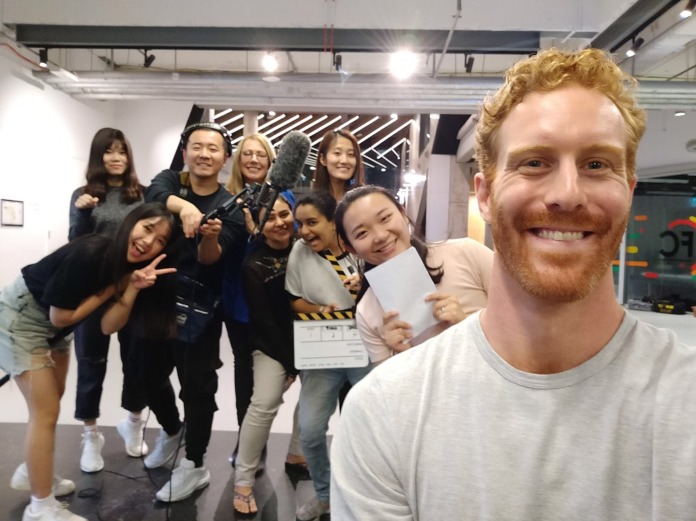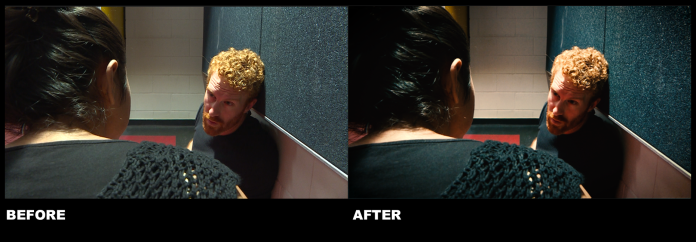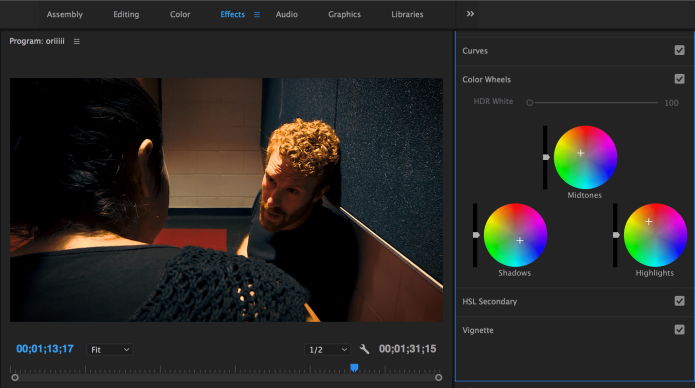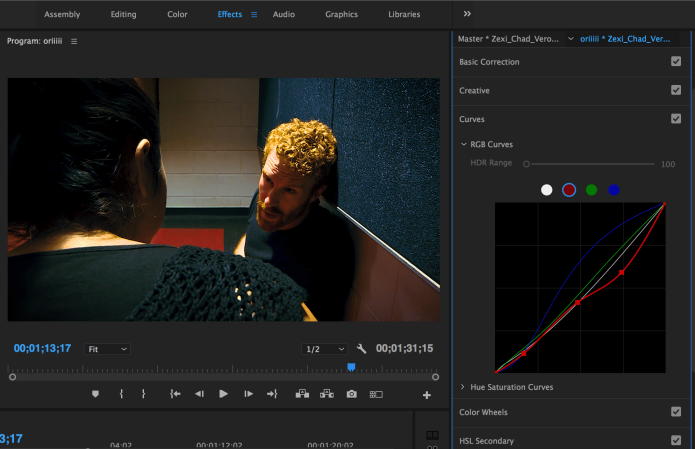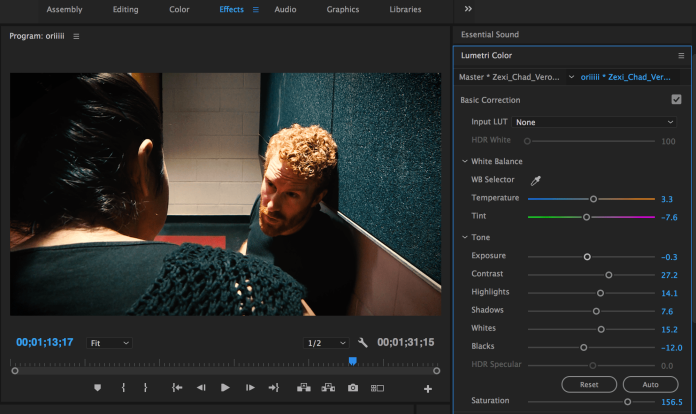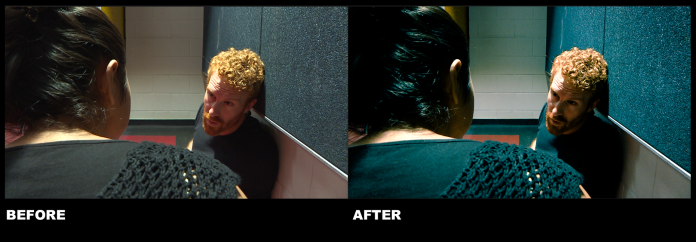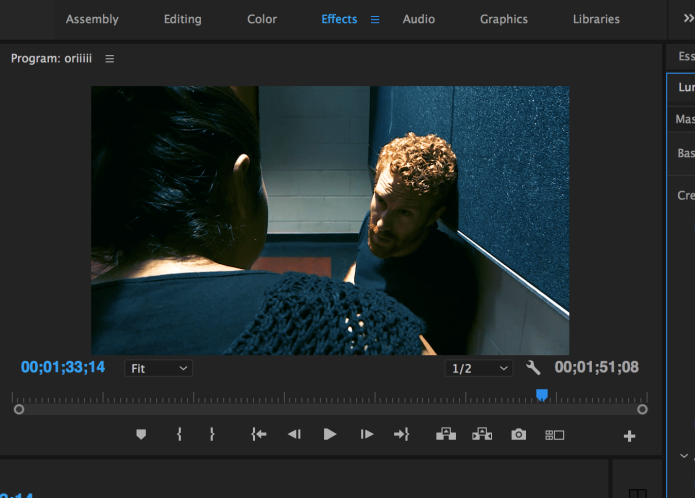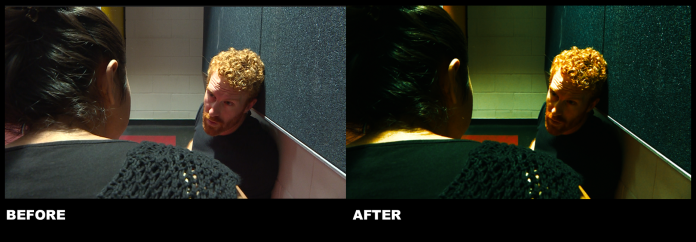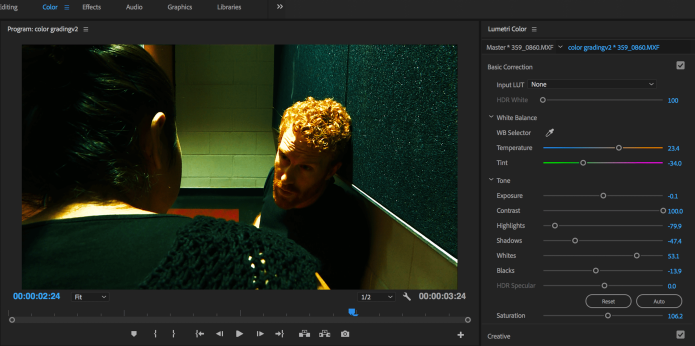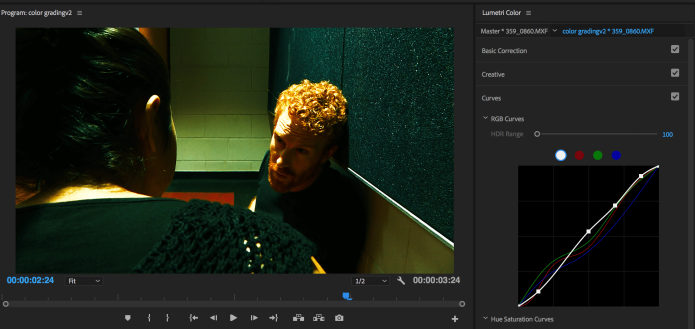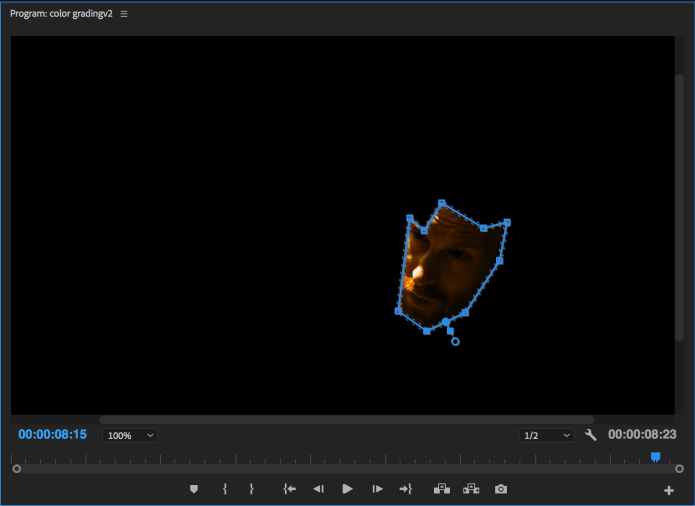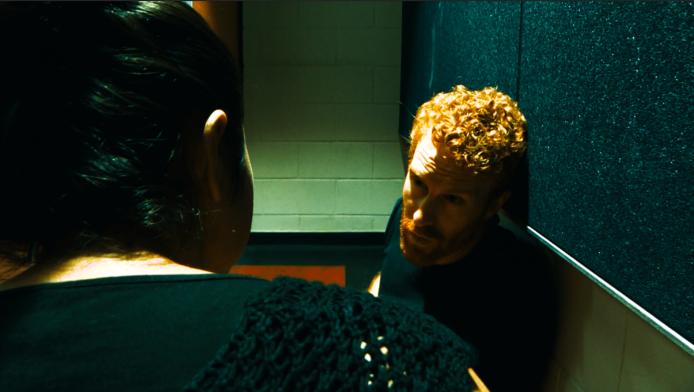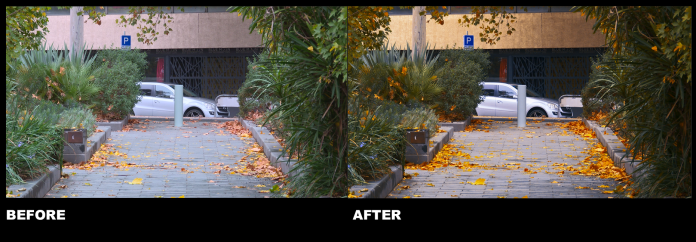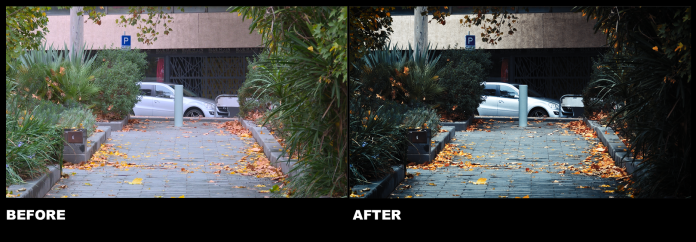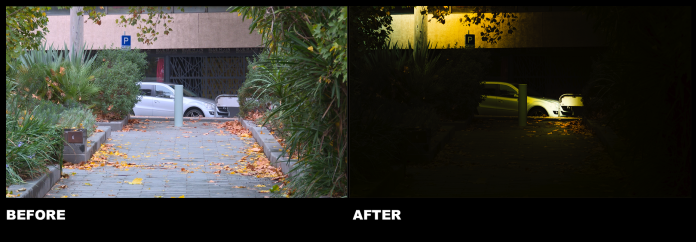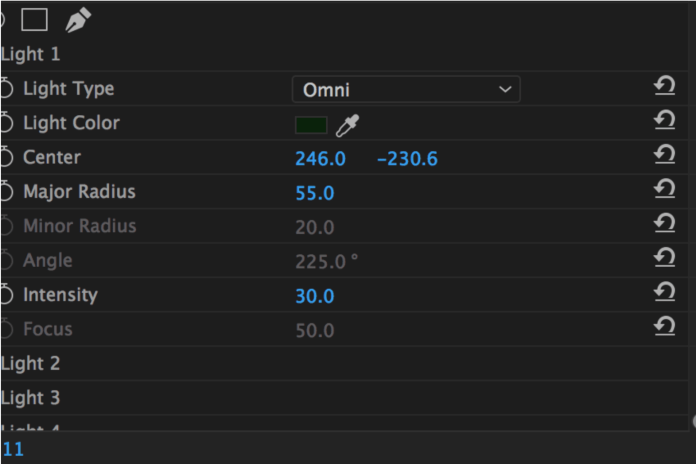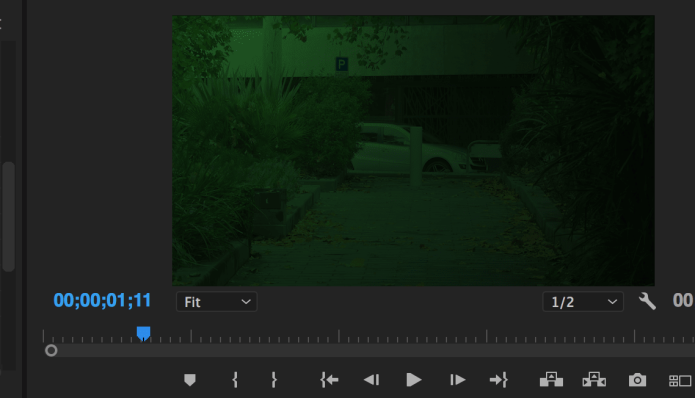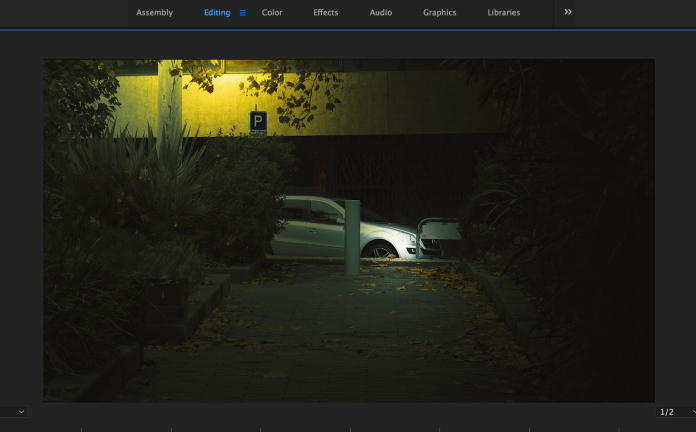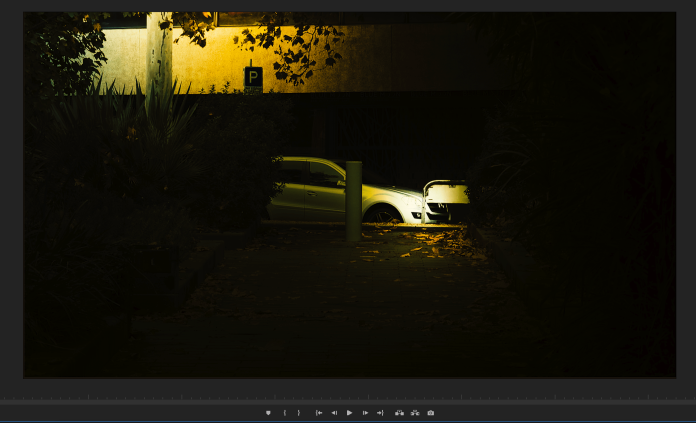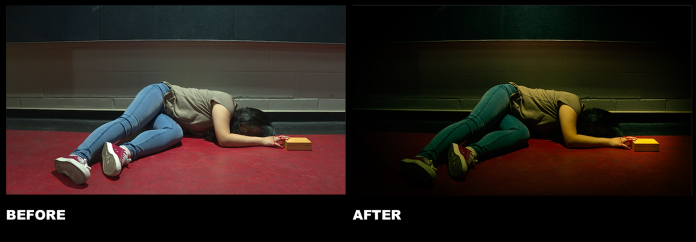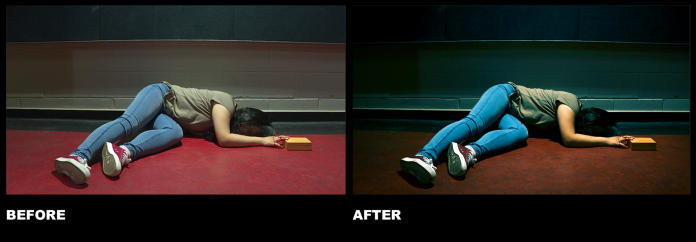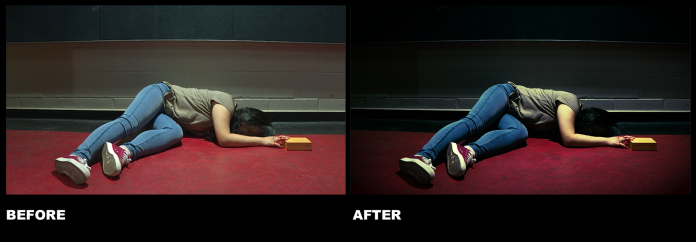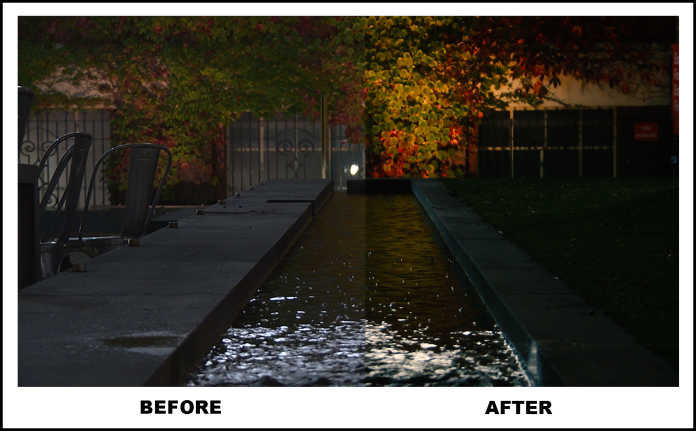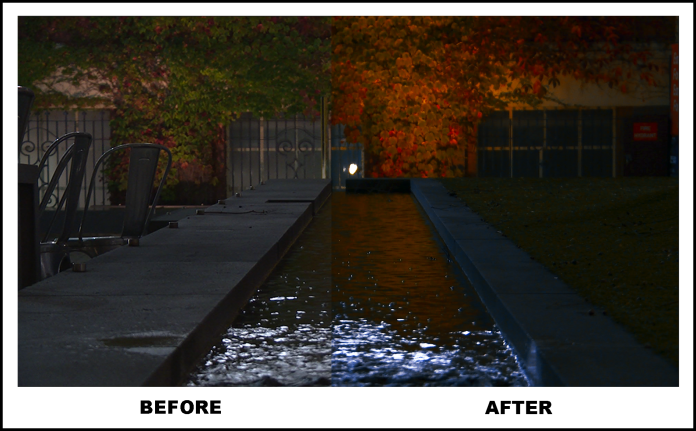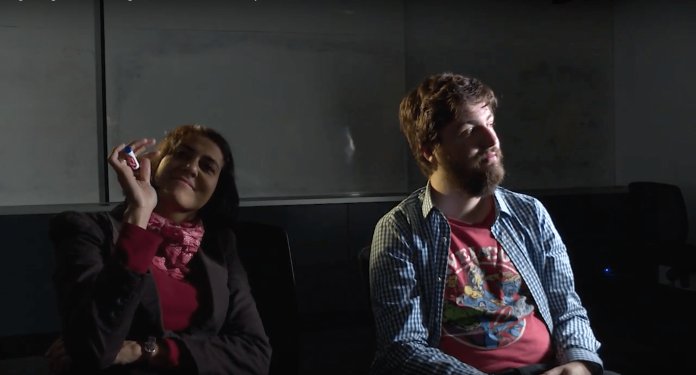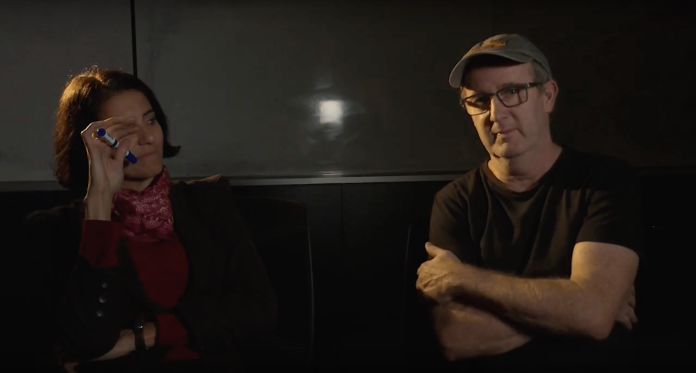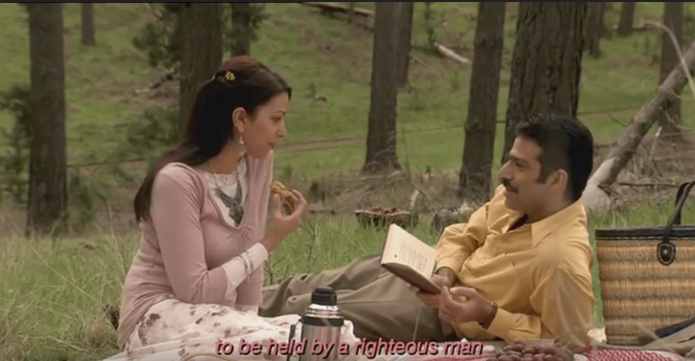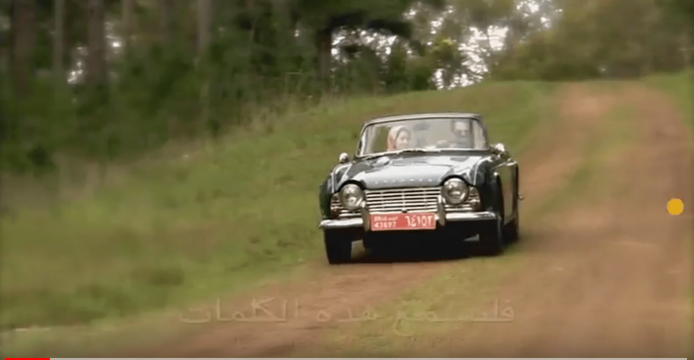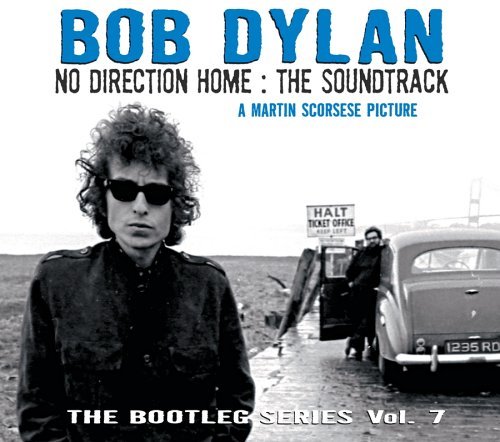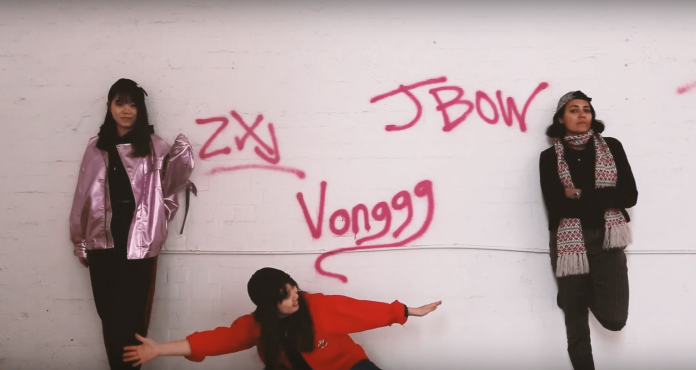
For our digital story, we ‘The Digi Dames’ have decided to document Melbourne street art in a few different ways and explore its role in the issues of gentrification, brandalism, and depoliticisation. To be honest, I had no idea what those words mean at first. Those words sounded strange to me. But then, as we kept discussing the idea and with the help of Janine who explained it really clearly, I finally understood the meaning of them.
While developing our idea about Melbourne street art, we thought it would be interesting if we made something different for the video pitch. Since this project is more about the visual arts, we decided to actually pitch our idea through street art that we made. It was like letting the art speak for itself! Also, I enjoy expressing myself through art more so than I do in any other medium, so it was fun to be able to take my thoughts and turn them into a word painting (as seen in our video).
I was given the responsibility of mainly editing our video pitch and building an effective social media strategy in which all members could execute through social platforms on a regular basis. This really excites me because I love making posts for social media especially Instagram. According to Statista (2017), the use of Instagram is mainly attributed to its visually appealing nature combined with a high number of daily visitors. I totally agree with that and I personally think that Instagram will have a big impact on promoting our project. Moreover, Instagram has an analytics feature that can be used to highlight the most popular post in the recent weeks.
Editing has always been one of my favorite pastimes and it’s the technical side of video that excites me the most. I learned a lot of new things through editing the video as well as refreshing my memory on things that I already knew, and just needed a reminder about. In addition, I also try to make our logo in a graffiti mode in Photoshop. I think it would be cool if we create Grafitti logo as we are doing the Melbourne Street Art project. Below is the before and after:
The issue I faced was making the video as dynamic as possible and finding the right non-copyright music. Also, I had to learn how to make an animated title because I hadn’t done one before. So I tried to find some articles and tutorials online to improve my editing skills. The result was not satisfactory to me and it is not smooth enough I guess (can be seen in the video min 0.17). But I will try to practice more and improve it next time. Moreover, I had an issue with slowing the video down as well. It was not as smooth as I think it will be and looks a bit weird. I think it would be better if I try to set the camera on the slow-motion mode during filming next time rather than editing it afterward.
Also, it was challenging to ensure that people understand what the meaning of the video is. This has raised a few questions for me such as “Is the explanation clear enough?” “Is the video too fast or too short for people to understand?“. As many people find it difficult to understand any text in the video, it’s essential to make it really simple. According to Olga (n.d.), by breaking it into “smaller chunks and placing each phrase on a separate slide” it will help the audience follow the message.
Another issue that I had is the language barrier. As an international student, I have communication difficulties which often make it hard for me to express my ideas. For example, it is quite hard for me to write a good caption that attracts people. I need to learn how to put words together and make it simple and understandable. However, I am eager to learn and develop my communication skills more.
In conclusion, this assessment has started to develop my understanding of making a digital story proposal and the importance of the social media for our branding and marketing. It’s such an amazing experience for me to be part of this multicultural group. I personally think that we make a pretty good team! In the future, we will work closely together with selected artists from the Melbourne street art community to create and provide more pictures, posts, and interviews.
In order to promote our project, we created three social media accounts for DIGI DAMES | Melbourne Street Art. The links to the social media accounts that we have created for this project are as follows:
Website: https://thedigidames.wixsite.com/mysite
Instagram: https://www.instagram.com/thedigidames/
Facebook: https://www.facebook.com/thedigidames/
YouTube: https://www.youtube.com/channel/UCOnqXG8zy_IBGjwe5T9t8Hg
References:
- Bedrina,O. (n.d.). How Much Text Should I Use in My Video? Secret Tips from wave.video Designer. Available from: https://www.animatron.com/blog/how-much-text-put-on-video/. [14 August 2018]
- Statista. (2017). Instagram: active users 2017. Available from: https://www.statista.com/statistics/253577/number-of-monthly-active-instagram-users/ [13 August 2018]
- Tsirikos, J. (2018). How effective is Instagram as a marketing tool to engage customers?. Available from: http://blogs.brighton.ac.uk/tsirikos123/2018/01/07/how-effective-is-instagram-as-a-marketing-tool-to-engage-customers/
